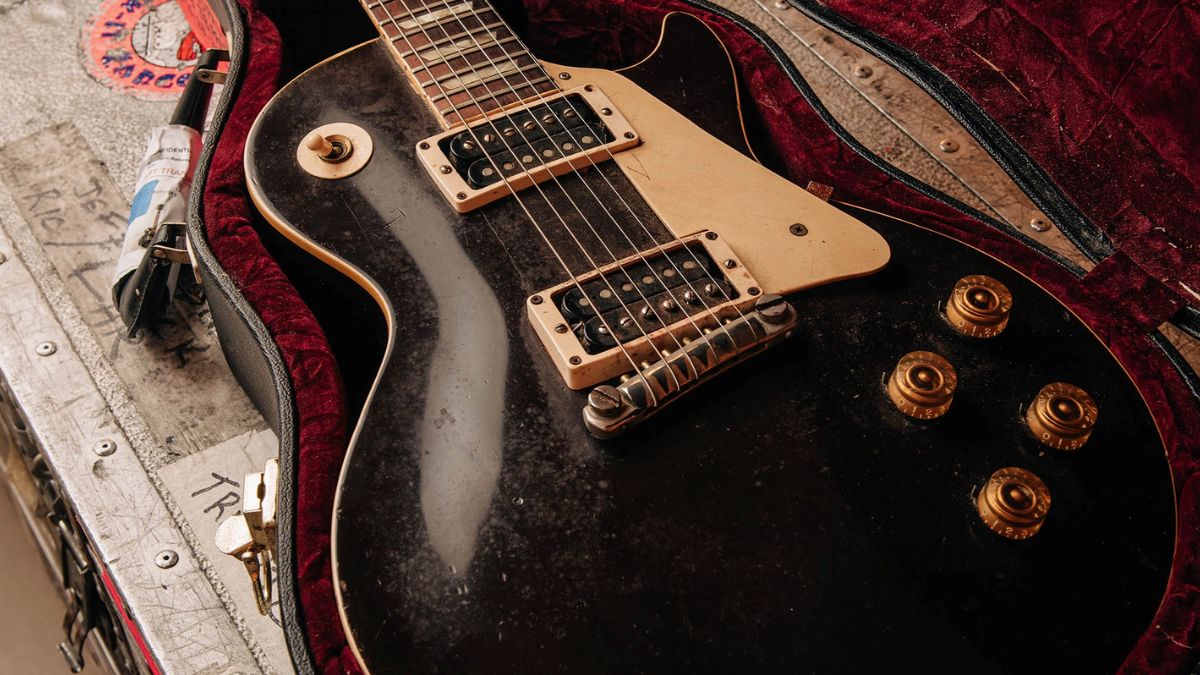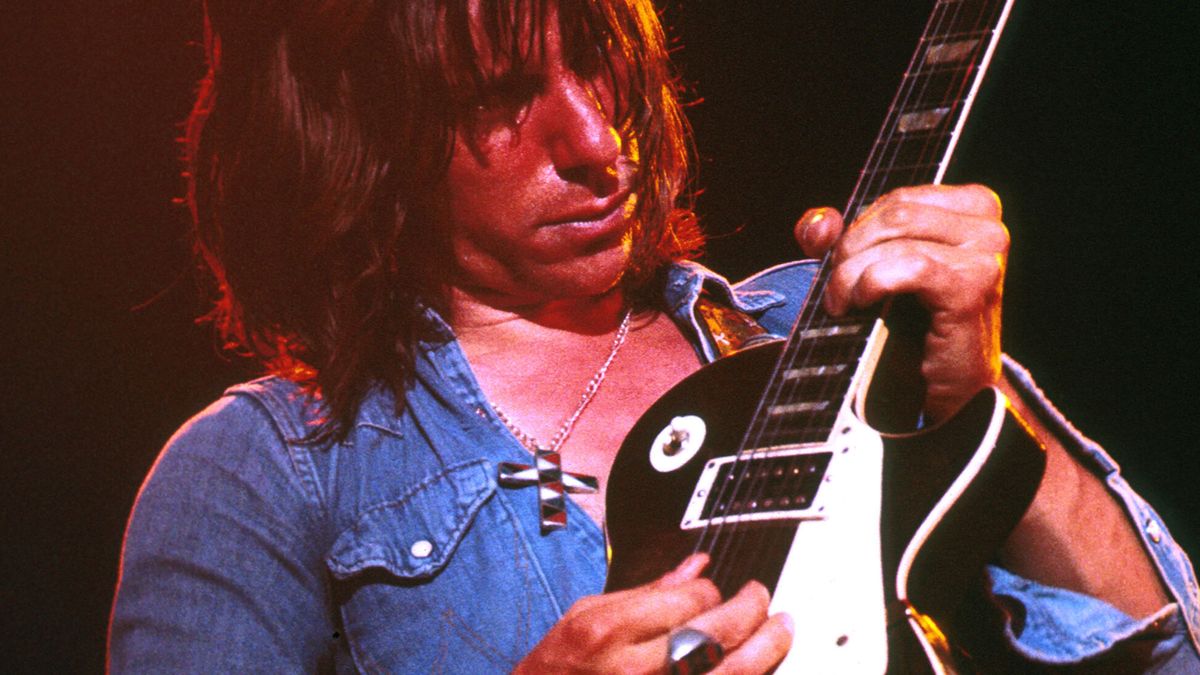the Legacy of Jeff Beck’s Oxblood Les Paul: A guitar with a Story
Following the passing of legendary guitarist Jeff Beck at the age of 78 in early 2023, his wife, Sandra, took on the obligation of managing his impressive collection of guitars.
Sandra has expressed her late husband’s wish for her to share his passion for music. This sentiment was exemplified when John Mayer was given the opportunity to play Beck’s 2014 Custom Strat during the memorable Dead & Co. residency at the Sphere last year.
With this heartfelt mission in mind, Sandra has made the tough choice to part with some of Jeff’s beloved instruments. “These guitars were his true passion, and after nearly two years since his passing, it’s time to let them go as jeff desired,” she stated. “They deserve to be played,cherished,and appreciated once more.”
Remarkably, a notable portion of Beck’s electric guitar collection has endured the test of time.While there have been some losses along the way—such as the infamous trade of his 1954 Esquire from his Yardbirds days with Seymour duncan in 1973—the collection now being auctioned at Christie’s in London is extensive and filled with captivating tales.
Among the treasures is a ’54 Stratocaster known for it’s tonal characteristics akin to a Telecaster, and a vibrant pink Jackson that was a gift from Grover Jackson, which saw extensive use in the ’80s. Another standout is the Yardburst, a guitar that narrates its own history. ”You can observe his evolving choices and modifications throughout his early career,” explains Amelia Walker, head of Private & Iconic Collections at Christie’s, in an interview with Guitar World.
The Iconic Oxblood Les Paul
However, none of the guitars hold as much significance for Beck as his Oxblood Les Paul, which he acquired in 1972 and is famously featured on the cover of his album Blow by Blow.
“During a late 1972 tour with Beck, Bogert & Appice, Beck was on the lookout for a new Les Paul, especially after his Yardburst had suffered some damage,” Walker recounts. “He needed a guitar that could deliver that rich Les Paul sound. BBA was a loud power trio, and that was their signature style.”
Beck’s search led him to Memphis, where he contacted his friend Buddy Davis, who had previously shown him various guitars. “Buddy recalls driving Jeff around Memphis, visiting hot-rod shops, while also having the Oxblood in his car, which he had purchased from Strings & Things,” Walker shares.“It was on sale because its previous owner had made some unusual modifications.”
The original owner had requested a respray of the goldtop to match his shoes, swapped the P90s for humbuckers, and had the neck shaved down for a slimmer feel. “When he returned to collect it, he decided he no longer wanted it. That’s when Buddy Davis stepped in and said, ‘I love it,’” Walker adds.
Davis acquired the guitar for around $300 through a financing deal, and when Beck fell in love with it and bought it from him, Davis had yet to make a single payment.

“That’s the legend,” Walker remarks.“It’s a tale that has evolved over the years.”
While the Oxblood Les Paul became the face of Blow by blow, it was actually a Fender Stratocaster and Beck’s Tele-Gib—a unique blend of a Telecaster and a Les Paul—that were used more frequently during the album’s recording sessions. However,the Oxblood’s significance would soon rise.
today, “it remains in the same condition as when he left it,” notes Caitlin Graham, an expert in entertainment memorabilia. “we haven’t cleaned it, which adds to its charm. It definitely possesses an aura.”
“It’s certainly a patchwork of parts. But ultimately, it’s an extraordinary instrument, without a doubt.”
Kerry Keane
Despite its revered status,the guitar has undergone numerous modifications over the years,almost as frequently as its origin story has changed. Kerry Keane, Christie’s international consultant and musical instrument specialist, describes the guitar as being assembled in a somewhat haphazard manner. “The bridge humbucker is crammed right up against the wraparound bridge,” Keane explains. “There’s barely any space for the pickup surround, which is even bent to fit.”
“It was in late ’53 that wraparound bridges began to appear. When examining this guitar, I can’t fully confirm that the potentiometers are original, but the speed knobs seem to be from that era,” she continues. “The capacitors have definitely been replaced, and there has been considerable rewiring.”
Additionally, the neck is thinner than what you would expect from a ’54 Les Paul, likely due to the previous owner’s modifications or a later neck swap. “It’s undoubtedly a patchwork,” Keane reiterates. “But ultimately, it’s a fantastic-playing guitar, no question about it.”
This unique guitar embodies Beck’s legacy perfectly. He was a guitarist like no other, and it’s fitting that many of his favorite instruments were equally distinctive.
Whoever is blessed enough to acquire this guitar will need deep pockets and will gain a one-of-a-kind instrument steeped in history. Here’s hoping it continues to create more stories in the future.






